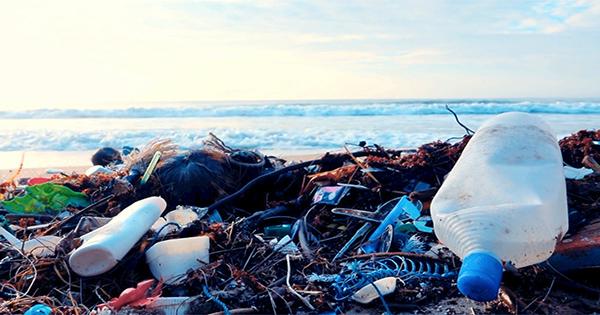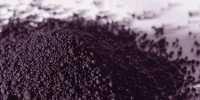A vanilla scented solution to the world’s plastic crisis? Yes! One could look for a fancy way to handle the problem and it smells (and tastes) like vanilla. In a recent study published in the journal Green Chemistry, consumers have suggested a way to use bacteria to convert the next plastic into vanillin, a compound that gives vanilla its delicious taste and aroma. Not only does it offer a sustainable way to reduce plastic waste, but it can also be a delicious opportunity to make (and eat) more ice cream – win-win! In a new study conducted by a team at the University of Edinburgh, E. coli was genetically engineered so that it could convert terephthalic acid – a molecule derived from polyethylene terephthalate (PET) – to convert to vanillin. PET is a type of plastic that is commonly used to make single-use plastic water bottles and clamshell packaging.
It is derived from renewable substances and current recycling methods simply break it down into its components, including a terephthalic acid. It is then used to make more PET, or second-generation plastics, so it still contributes to plastic contamination. With about 50 million tons of PET waste being generated every year, it is important that we find more efficient and sustainable methods. Enter, e. Collie. They didn’t always have a good press, but I think it’s time for them to release themselves. The team kept them for use and were able to achieve a 79 percent conversion of terephthalic acid to verilin. They also demonstrated this process by converting old plastic bottles into vanillin, adding E. coli to degraded plastic waste.
Joanna Sadler, first author of the paper, said in a statement, “This is the first example of the use of biological methods to turn plastic waste into valuable industrial chemicals, and it has had a very exciting impact on the informed economy.” “The results from our research have a big impact on the durability of plastics and demonstrate the power of synthetic biology in meeting real world challenges.” The researchers claim that the vanillin obtained is suitable for human service, it has not yet been verified and further testing is needed. However, there is more use of vanillin than just making ice cream or milkshakes.
It is also used in the cosmetic industry and is an important bulk chemical, used in herbal and cleaning products. So we’re probably not yet making an ice cream sundae from a plastic bottle, but this innovative way of reducing PET waste can greatly benefit the environment and solve our current plastic problem. Only cherries on top promise more ice cream.















